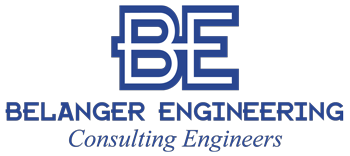When it comes to creating an energy-efficient building, the performance of the building envelope is one of the most important factors. Building envelopes, which include the roof, windows, foundation, and walls, act as the barrier between the outdoors and the indoors. Not all elements contribute equally to the efficacy of building envelopes, and some drive efficiency more than others.
The following play a major role in the efficiency of a building envelope:
- Insulation: High-quality insulation is the foundation of any efficient building envelope. By slowing down heat transfer through the roof and the walls, insulation reduces the demand on the HVAC system throughout the year. Modern materials and proper installation methods make all the difference.
- Air control layers: Air leakage is one of the most common efficiency losses in buildings. Airtightness not only saves energy but can also help prevent condensation and mold issues. Proper detailing around window systems, joints, and other parts ensures the building performs as designed.
- Windows and glazing: Often overlooked, windows are weak points in many building envelopes. Energy-efficient glazing, low-emissivity coatings, and proper shading strategies can significantly improve comfort while reducing heating and cooling costs.
Energy efficiency is about more than just tightening up a building and comes down to prioritizing insulation, airtightness, proper design, and a variety of other factors. For more information about how you can improve the balance, durability, comfort, and sustainability of your building, contact us at Belanger Engineering.
